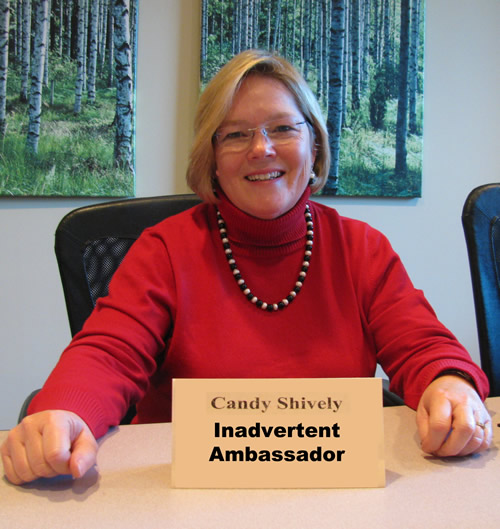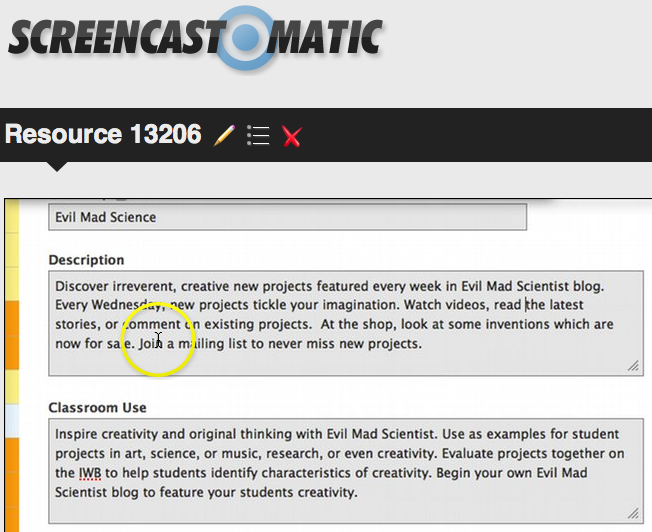The inadvertent ambassador
Once a teacher…
My favorite item on a popular list of “you know you’re a teacher when” lines is that you correct strangers’ children’s behavior in the grocery checkout line. We take teaching with us into the community every day, whether we intend to or not. We find ourselves paying attention to how people learn (or don’t) everywhere we go. We even analyze the pedagogy of our puppies. There is more to this than grounds for a giggle. We have expertise that extends beyond our schools and classrooms.
I am an officer in our property owners association. We find that our members often do not understand the role of the POA or how/why their money is collected and spent. The teacher in me realizes that handing people a bunch of rules and regs is no different with adults than it is with our students. They have no motivation to read them. As teachers, we can contribute far more to our communities than our taxes and occasional volunteer days. We can share about how people learn. No lectures, no insidious agendas, just use what we know about learning to help our communities. We are ambassadors for and about learning.
As I have mentioned, I have been working a lot with infographics lately — especially as I get ready for ISTE 2012. I love the way an infographic can SHOW instead of TELL. So my latest experiment is to try using infographics to SHOW my community how our POA works and what it does. In today’s manic, visual world, our neighbors might stop long enough to look and learn. And infographics are a lot more interesting than a packets of rules and regs.
As I share these graphics with my fellow board members, I realize that they have never thought about how people learn. Most have never thought about how they learn themselves. I am sharing an expertise that is so much a part of me I do not realize everyone else does not have it. I am an inadvertent ambassador for learning. I guess that’s not a bad role. It’s certainly less intrusive than talking to misbehaving tots in the checkout line.


 I learn from what I see. Yes, there are a few students who throw a few text boxes onto a computer screen like fill-in-the-blanks on a worksheet and call it an infographic. But so many more have made steady progress from a few images on a rectangle (their first attempt) to a carefully color coordinated arrangement of words, images, and lines/arrows that explain photosynthesis or DNA replication (attempts 2 and 3). As a set of fresh eyes, looking from a distance instead of from the teacher’s desk in the bio lab, I see understanding. I see science concepts I had long forgotten, now freshly explained to me by a 9th grader. I make comments on their wiki because they need to know that their work makes sense. I also make suggestions (no teacher can ever resist a chance!).
I learn from what I see. Yes, there are a few students who throw a few text boxes onto a computer screen like fill-in-the-blanks on a worksheet and call it an infographic. But so many more have made steady progress from a few images on a rectangle (their first attempt) to a carefully color coordinated arrangement of words, images, and lines/arrows that explain photosynthesis or DNA replication (attempts 2 and 3). As a set of fresh eyes, looking from a distance instead of from the teacher’s desk in the bio lab, I see understanding. I see science concepts I had long forgotten, now freshly explained to me by a 9th grader. I make comments on their wiki because they need to know that their work makes sense. I also make suggestions (no teacher can ever resist a chance!). I email their teacher to ask– does she have any idea how GOOD her students’ work really is? Can she reflect from afar to gain perspective? Or does February have her so earthbound that she cannot see the big picture from above?
I email their teacher to ask– does she have any idea how GOOD her students’ work really is? Can she reflect from afar to gain perspective? Or does February have her so earthbound that she cannot see the big picture from above?




 Sometimes the lyrics of a song validate my thoughts and provide the seams, stitching clarity. Sometimes it is the words of a character in a novel. More often today, it is a someone’s blog post that starts the sewing machine of my mind. But I know to look for and relish these moments as Joys amid the din. I know to walk away from the screen and take a walk with the sounds of the lake or perhaps an iPod.
Sometimes the lyrics of a song validate my thoughts and provide the seams, stitching clarity. Sometimes it is the words of a character in a novel. More often today, it is a someone’s blog post that starts the sewing machine of my mind. But I know to look for and relish these moments as Joys amid the din. I know to walk away from the screen and take a walk with the sounds of the lake or perhaps an iPod.

